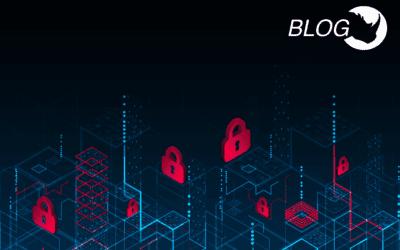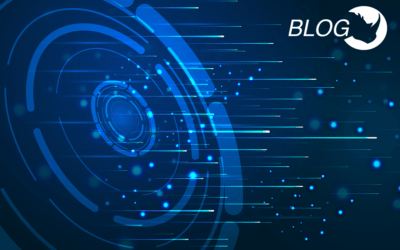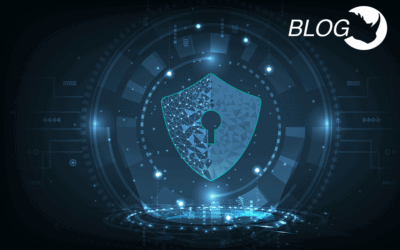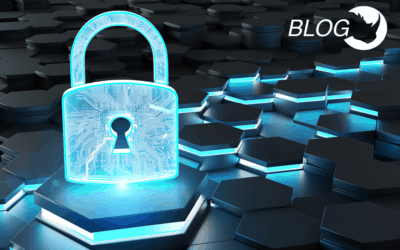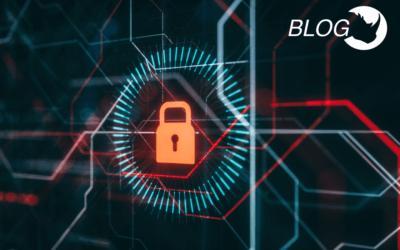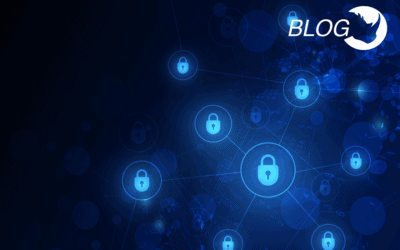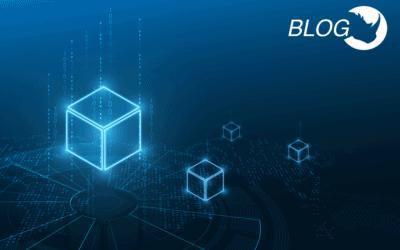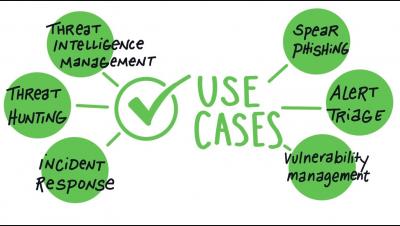2020 Was the Year of the Phish. Let's Make Sure 2021 Isn't a Sequel
2020 was the year of the phish. Well, not officially. According to the Chinese Zodiac, 2020 was the Year of the Rat. But if you look at it from a cyberattack trends perspective, plenty of third parties reported a huge uptick in phishing attacks during 2020. The SANS 2021 Top New Attacks and Threat Report points to both the Microsoft Digital Defense Report 2020 and the 2021 Data Breach Investigations Report as key sources that validate phishing as the most common initial compromise vector.


